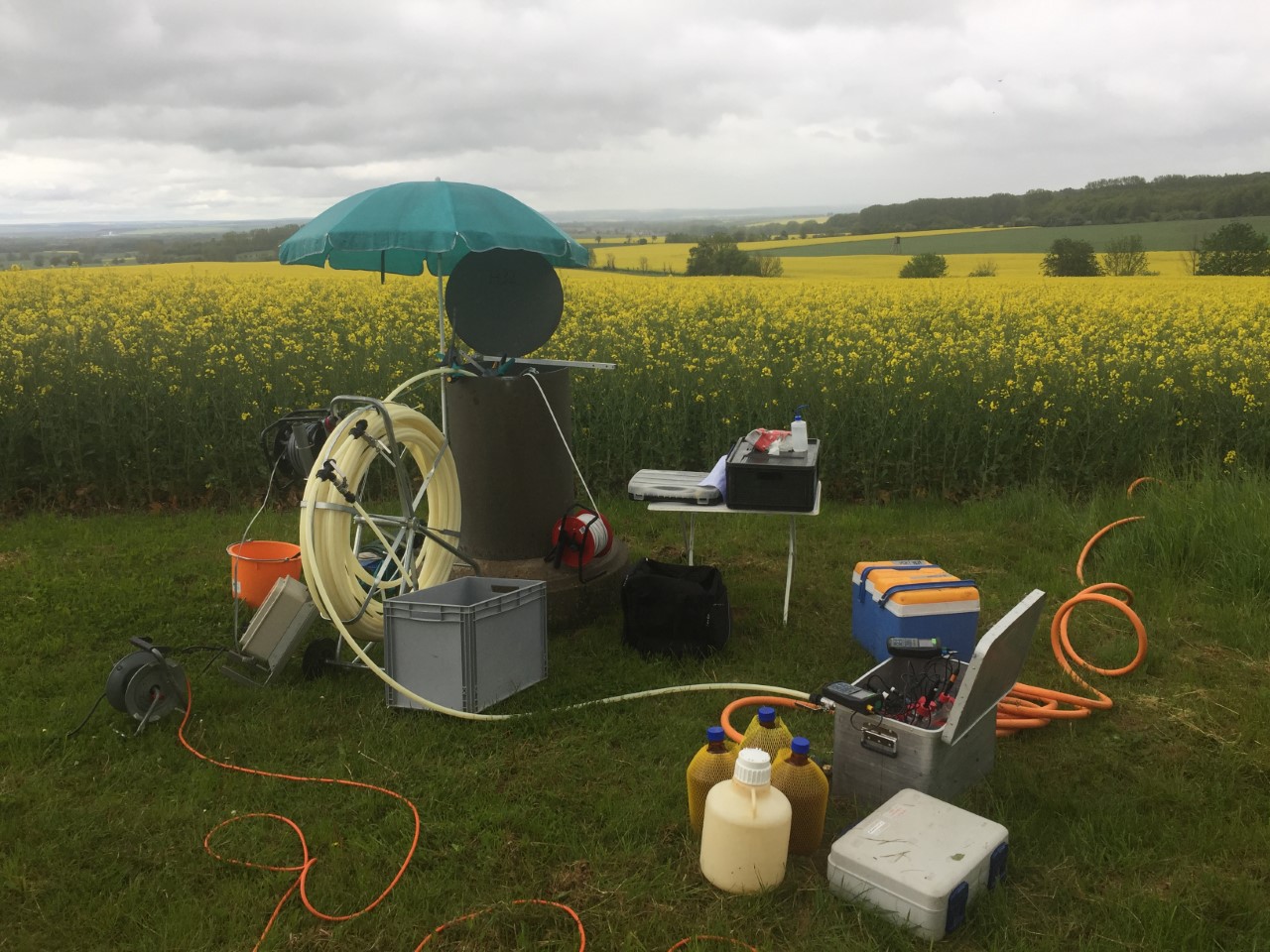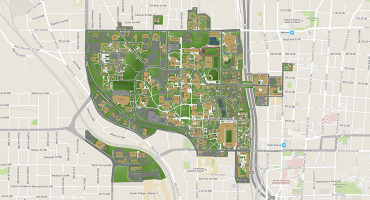Will Overholt, Ph.D.
University of Jena
This seminar is offering in person (see location) and online options.
Livestream Seminar via BlueJeans
ABSTRACT
The terrestrial subsurface contains nearly all of Earth’s freshwater and harbors upwards of 60% of global prokaryotic biomass. While genetic surveys suggest these organisms rely on carbon fixation, rather than the translocation of surficial organic carbon, corroborating measurements of carbon fixation are absent. Using an ultra-low level 14C-labeling technique, we show that in situ carbon fixation rates reached 10% of the rates measured in oligotrophic marine surface waters, and were six-fold greater than those observed in lower euphotic zone waters. Normalizing rates according to estimated bacterial numbers revealed equivalent carbon input (i.e., 0.3 - 12 fg C per cell) for both systems, despite the fact that daily inputs of new POC were 40 times greater in marine waters than in groundwater. Empirical carbon fixation rates were stoichiometrically corroborated by both nitrification and anammox rate data. Metagenomic analyses revealed a remarkable abundance of putative chemolithoautotrophic members of an uncharacterized order of Nitrospiria and putative sulfur oxidizers with the Gammaproteobacteria, each exhibiting versatile metabolisms with access to numerous electron donor and acceptor sources. Applying these rates of carbon fixation to ecosystem processes alters the way we think about these environments and challenges the importance of surface-derived organic matter fluxes on shallow subsurface functioning.
Event Details
Location:
Roger A. and Helen B. Krone Engineered Biosystems Building, 950 Atlantic Drive, Atlanta, GA 30032, Room 1005




